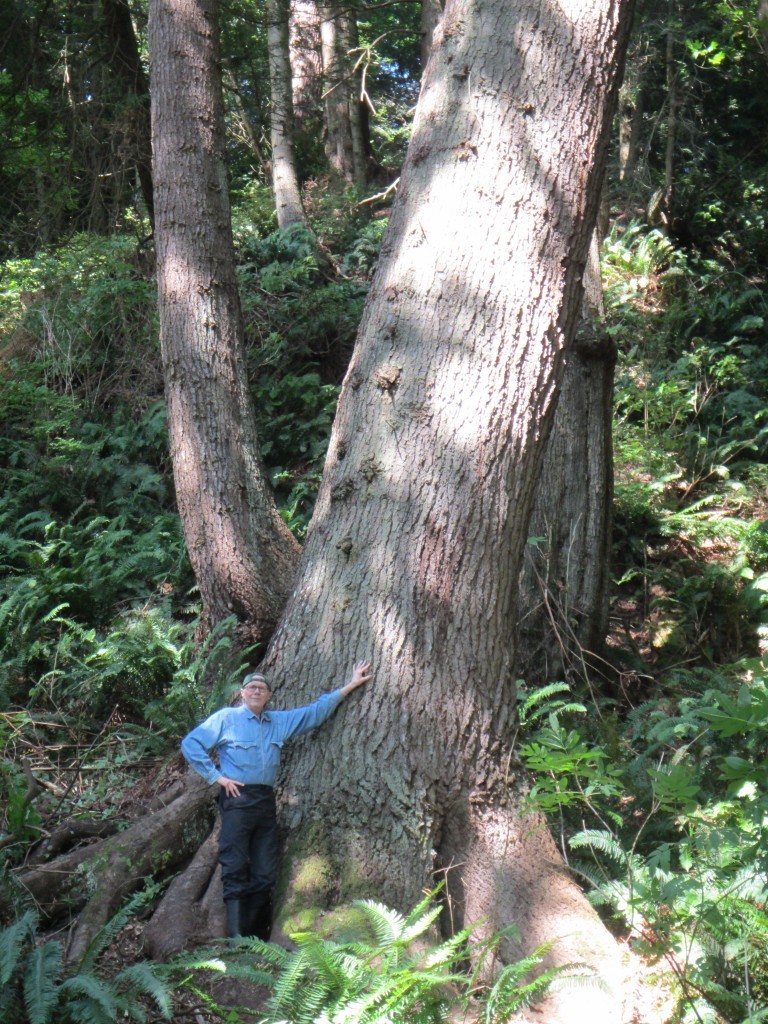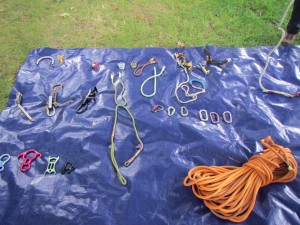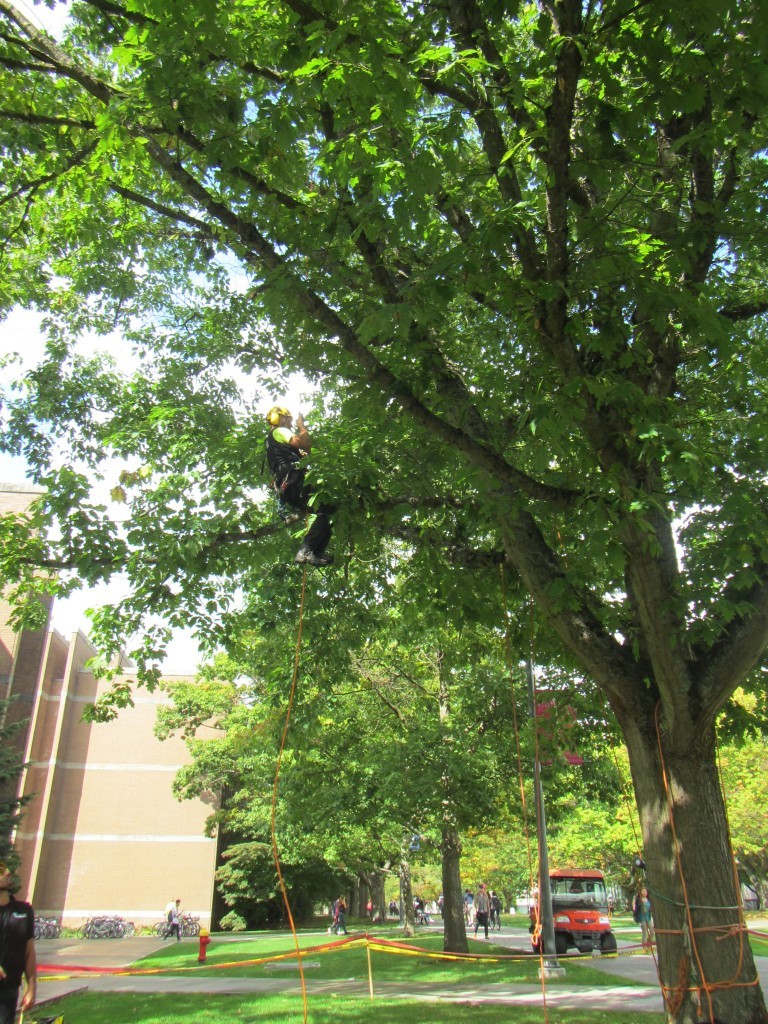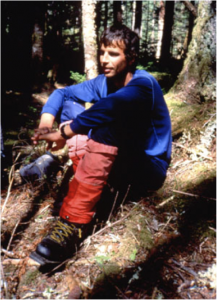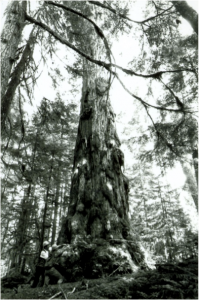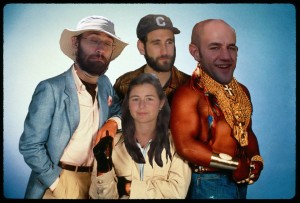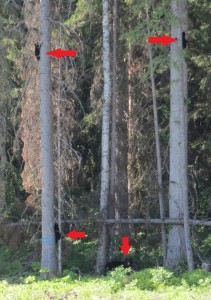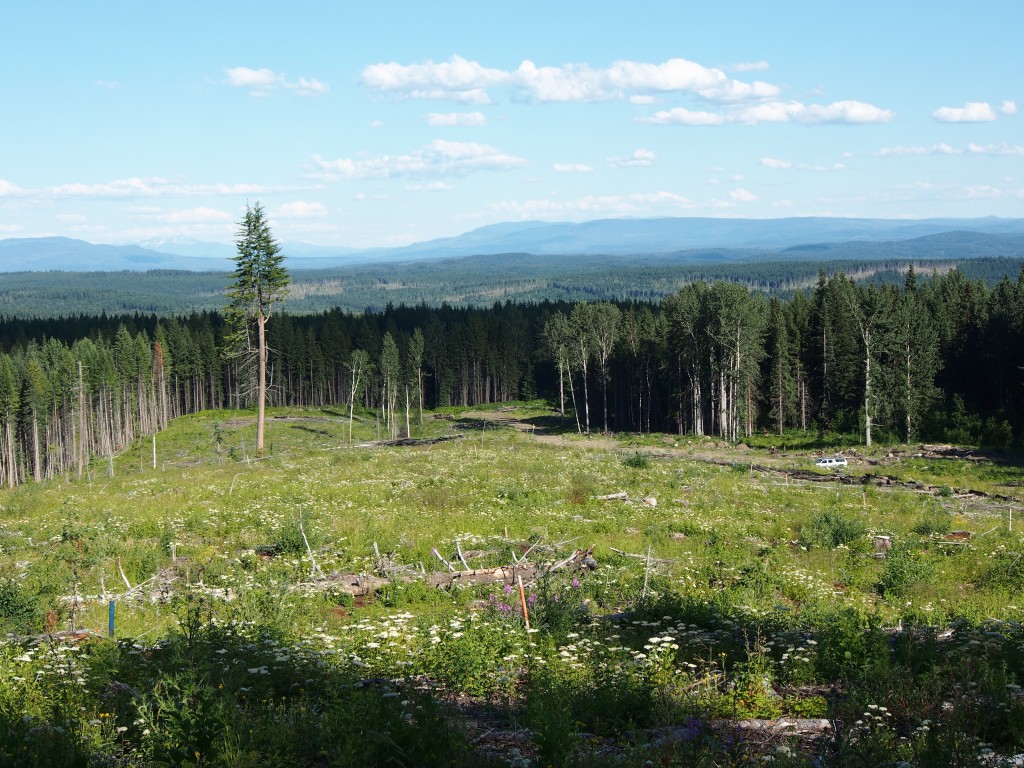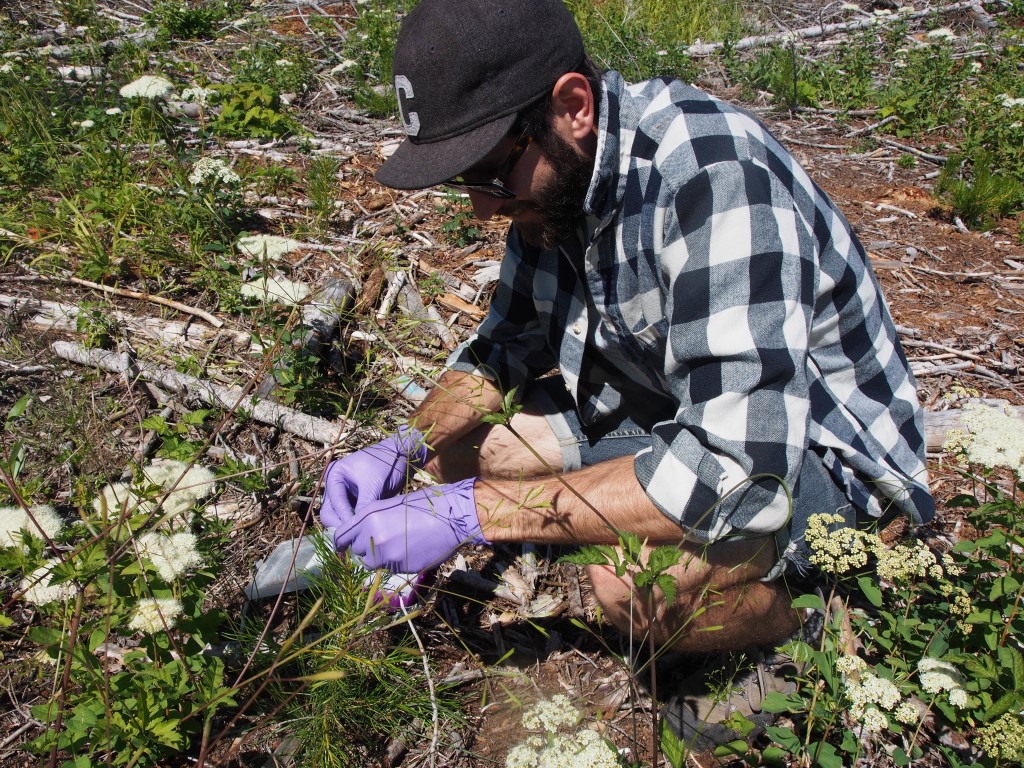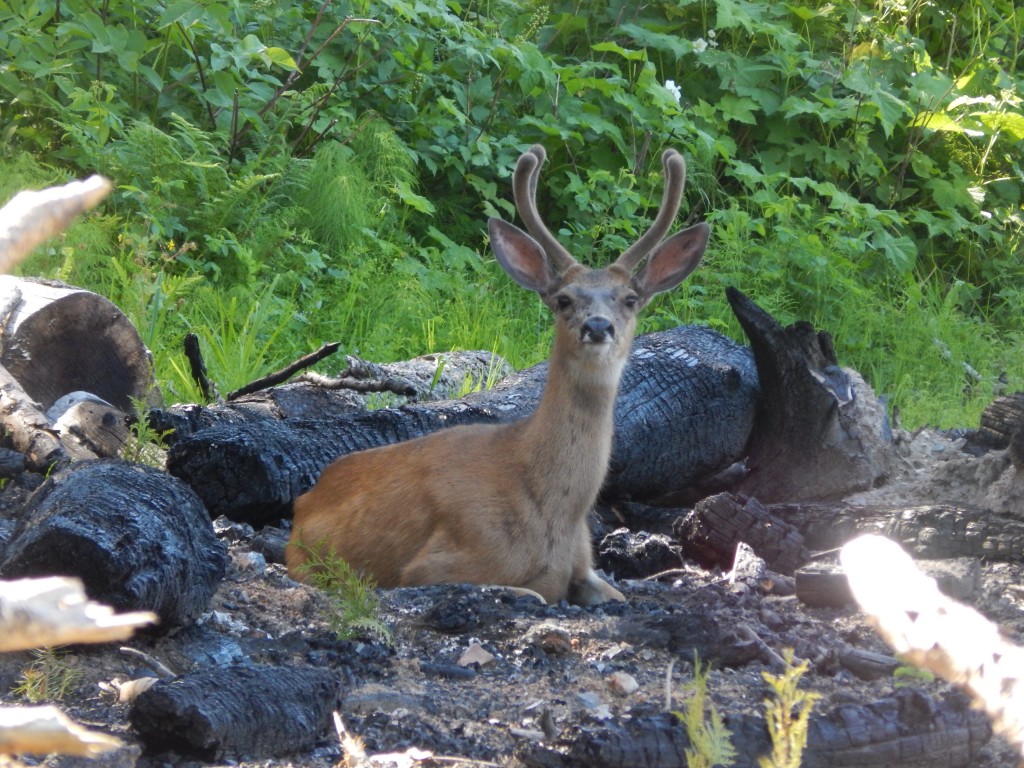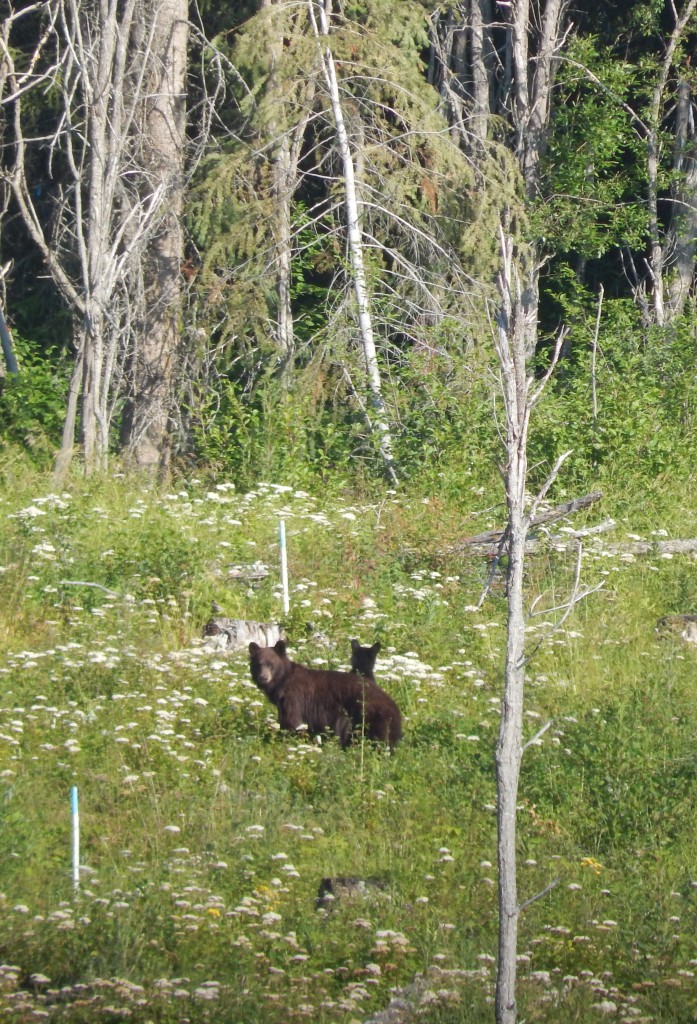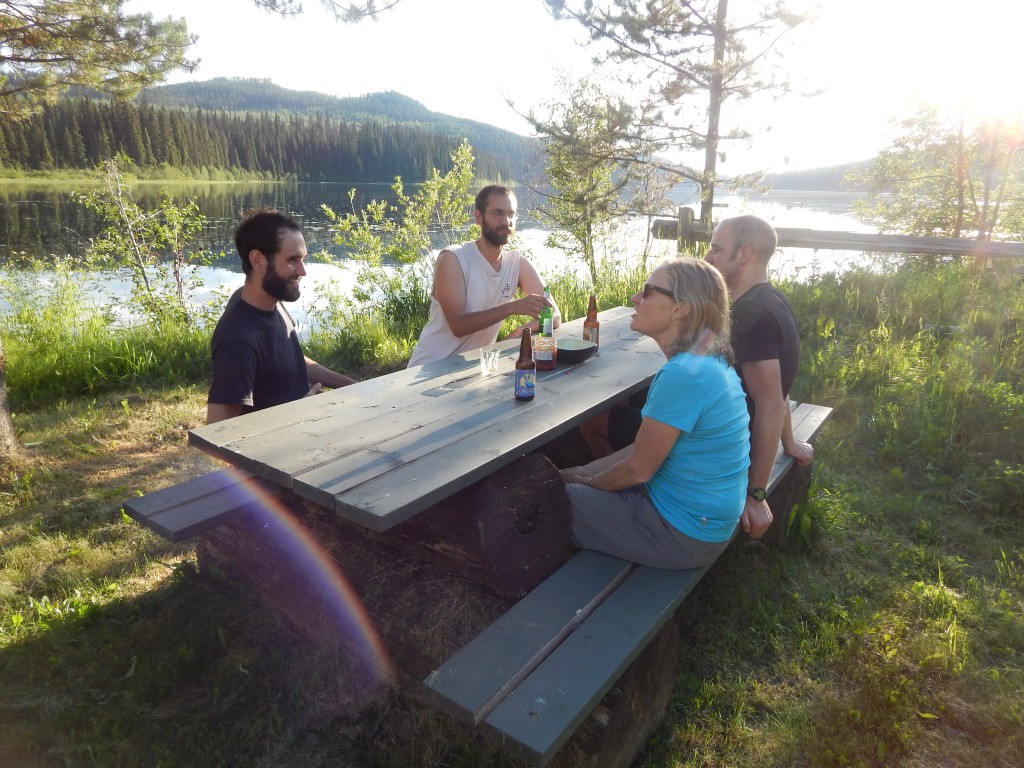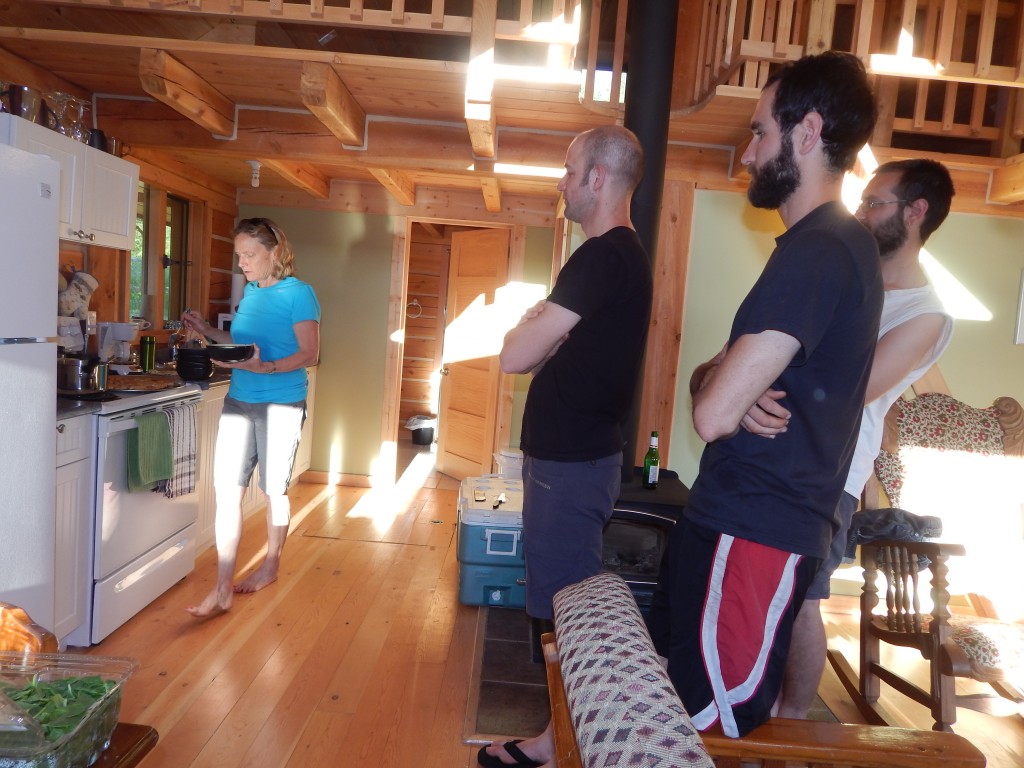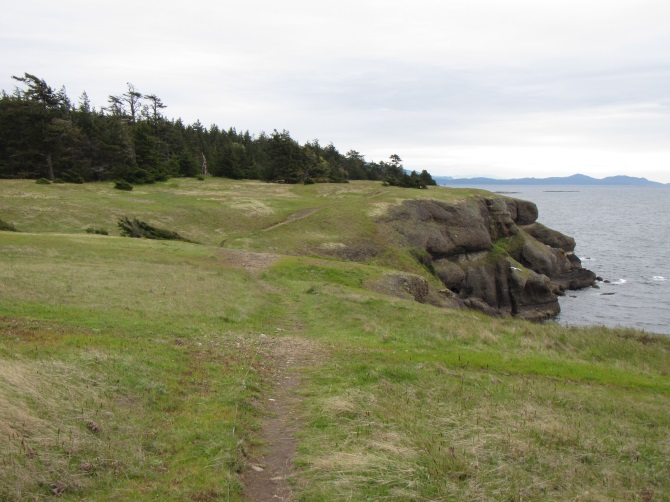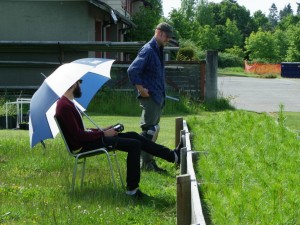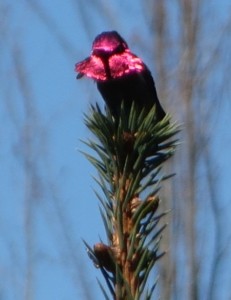Welcome to the Internet Big Trees!
On September 25th, 2014, the BC Big Tree Registry was officially released to the world. Started in the 1980s by the infamous BC naturalist Randy Stoltmann (see article below), the registry contains the measurements and whereabouts of BCs most remarkable trees. Previous to the new online, publicly accessible database, the registry existed as a pile of difficult to navigate forms and pictures crammed into several banker’s boxes. Now, anyone with a computer and an internet connection can go online and nominate new trees or search out old ones. The bulk of this transformation was made possible through the hard work of Christine Chourmouzis and Bert terHart, with help from the registry committee and an Aitken lab member here and there.
The release party was held in the atrium of the Forestry building on the UBC Vancouver campus. The faculty of Forestry, and more specifically the Centre for Forest Conservation Genetics, is where the registry now calls home! A couple excited speeches preceded a sushi lunch, which was followed by a tree climbing demonstration.
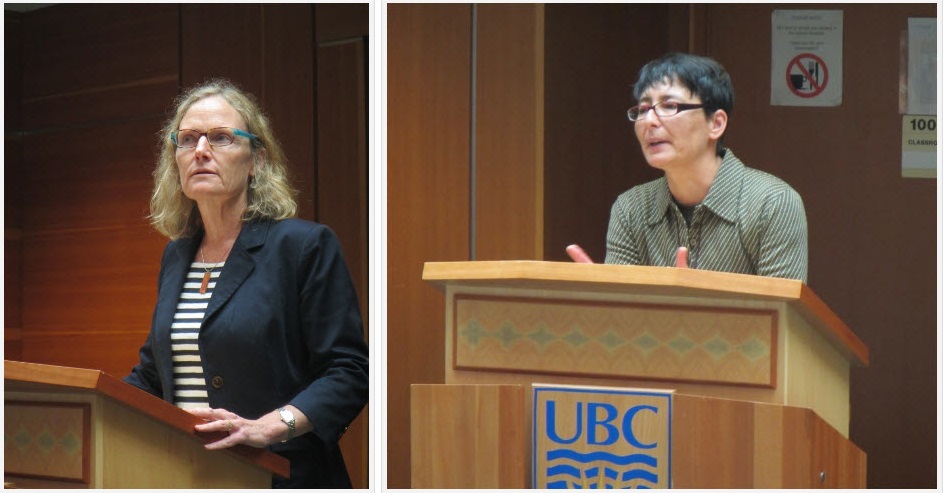
Dr. Sally Aitken (left) helped bring the registry to the Faculty of Forestry. Christine Chourmouzis (right) was instrumental in the process of publicizing the registry.
The registry exists in order to identify, describe, monitor, and conserve the magnificent arboreal features of British Columbia. This is open source information for the public to access, go see the big trees for themselves, and find and nominate new trees so that others can do the same. The registry is always appreciative of new or updated information like tree health, photos, and growth. With the registry becoming completely digital, this sort of civilian maintenance should result in the most comprehensive Big Tree Registry to date.
Links to news articles and videos about the launch:
http://www.cbc.ca/news/canada/british-columbia/b-c-bigtree-registry-wants-your-nominations-1.2800114
http://www.ctvnews.ca/sci-tech/tree-huggers-rejoice-b-c-s-largest-trees-now-catalogued-in-online-database-1.2031540
http://globalnews.ca/video/1583945/bctree-registry-launched/
http://globalnews.ca/video/1616469/bc-big-tree-registry-needs-your-help/

